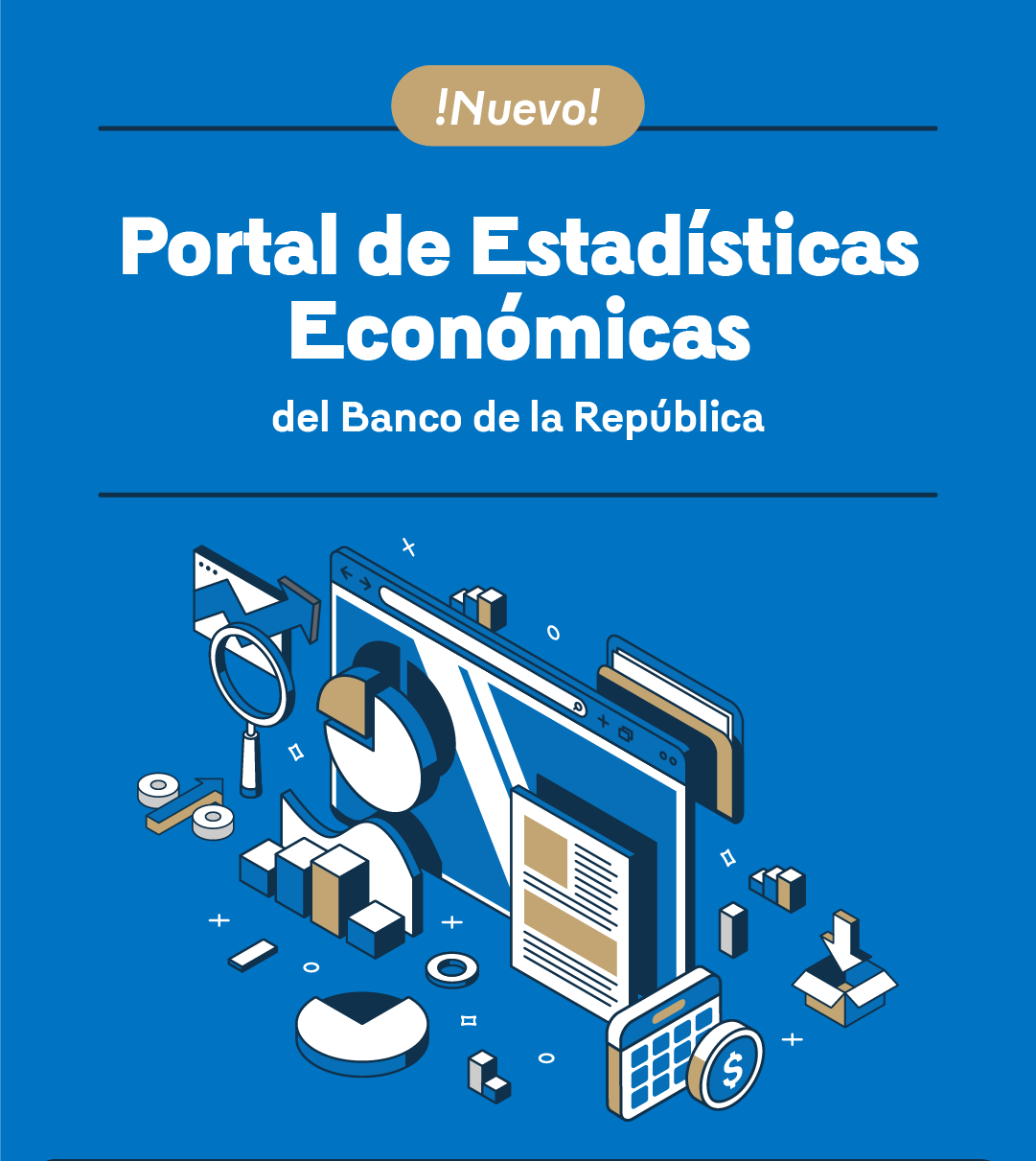Banco de la República reiterates its Commitment to fulfilling the Responsibilities entrusted to the Institution under the Pension Reform Law
On Thursday, July 10, Banco de la República (the Central Bank of Colombia) submitted a letter to the Constitutional Court with two primary objectives:
- First, to clarify the Court's interpretation regarding the effective date of the law and the decrees issued as part of its regulatory framework. This clarification is essential to move forward in key issues such as the agreement between Banco de la República and the Ministry of Finance, the selection of external portfolio managers, and the appointment of the members of the Steering Committee of the Contributory Pillar Savings Fund (Comité del Fondo de Ahorro del Pilar Contributivo, FAPC in Spanish) by the Board of Directors of the Central Bank. Although progress had been made on these matters, the process was suspended following the Court's statement issued on 17 June 2025, which informed the Cort’s decision to: "SUSPEND, as of this date, the entry into force of the provisions of Law 2381 of 2024 until the day after the Constitutional Court issues a final ruling on the constitutionality of said law."
- Second, the Bank also requested the Court to consider establishing a reasonable timeframe to proceed with processes that had already been delayed due to circumstances beyond the Bank's control, and which had been suspended as of June 17. Specifically, the Central Bank proposed that the law should not enter into force on the day following the Court’s ruling on its constitutionality, but rather three months after the ruling is made public. A preliminary reading of the Constitutional Court’s press release suggests that all pending processes would need to be completed between the date on which the law is declared constitutional and the immediately following day, a scenario that is operationally unfeasible.
Banco de la República regrets the misinterpretations that have arisen from the contents of the letter submitted to the Constitutional Court. The intention of the communication was to seek clarity and propose a feasible timeframe to comply with the law, in alignment with the Court’s final decision.

































































